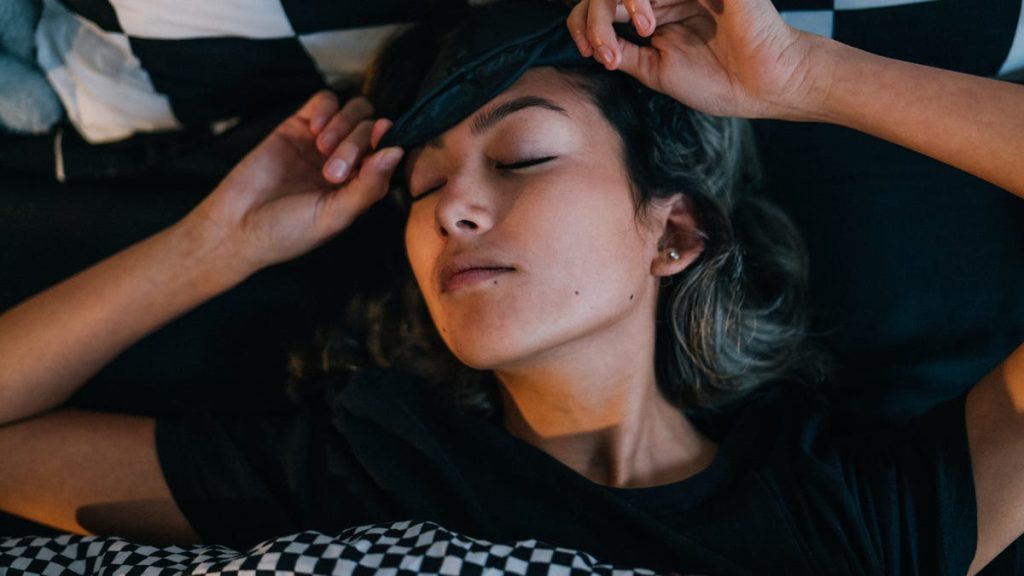The 10-3-2-1-0 Sleep Routine: A Comprehensive Guide to Better Sleep
In today’s fast-paced world, quality sleep often takes a backseat. The consequences of sleep deprivation, however, can be significant, impacting not only our daily performance and mood but also our long-term health. A lack of sufficient sleep is linked to a host of chronic conditions, including cardiovascular disease, diabetes, and stroke. Fortunately, improving sleep quality is often within reach through the practice of good sleep hygiene. One effective strategy is the 10-3-2-1-0 sleep routine, a structured approach designed to prepare the mind and body for restful slumber. This routine utilizes timed restrictions on certain activities and substances to optimize the sleep-wake cycle.
The 10-3-2-1-0 routine addresses key factors that can interfere with sleep. Ten hours before bedtime marks the cut-off for caffeine consumption. Caffeine, a widely consumed stimulant, can linger in the system for several hours, disrupting the natural sleep-wake cycle. Due to individual variations in caffeine sensitivity and metabolism, the ten-hour rule serves as a general guideline. It’s crucial to be mindful of hidden caffeine sources, such as chocolate, certain medications, and some soft drinks and energy drinks. Three hours before bed is the time to cease food and alcohol intake. While alcohol might initially induce drowsiness, it disrupts sleep patterns later in the night, leading to fragmented sleep and daytime fatigue. Similarly, consuming heavy meals close to bedtime can cause indigestion and heartburn, hindering restful sleep.
Two hours prior to sleep, work-related activities should be put aside. This allows the mind to disengage from the stresses of the day and begin the transition towards relaxation. Engaging in calming activities like meditation, journaling, or gentle stretching can further facilitate this process. Creating this buffer zone between work and sleep is essential for promoting mental tranquility and preparing for a restful night. One hour before bed, all screens should be powered down. While the impact of blue light on sleep may be less dramatic than previously thought, the mental stimulation and engagement associated with screen time can make it difficult to unwind. Associating the bed solely with sleep helps strengthen the connection between the bed and restful sleep, not wakeful activities.
Finally, the ‘0’ in the 10-3-2-1-0 rule stands for zero snoozing in the morning. Though tempting, hitting the snooze button often results in fragmented, low-quality sleep that can leave one feeling groggy and disoriented. Resisting the urge to snooze reinforces a consistent sleep-wake cycle, promoting better alertness and energy levels throughout the day. Beyond the specific timings of the 10-3-2-1-0 routine, several other sleep hygiene practices can contribute to improved sleep quality. Creating a relaxing bedtime routine and maintaining a consistent sleep schedule are crucial. A quiet, dark, and cool bedroom environment is conducive to sleep. Regular exercise is beneficial, but strenuous workouts should be avoided close to bedtime.
The 10-3-2-1-0 method provides a framework for establishing a healthy pre-sleep routine. While adhering strictly to the timings may not always be feasible, the underlying principles are valuable. Prioritizing a consistent sleep schedule, minimizing pre-sleep stimulation, and creating a relaxing bedtime routine are key elements of good sleep hygiene. The goal is to signal to the body and mind that it’s time to wind down and prepare for rest. This routine, along with other good sleep hygiene practices, can lead to significant improvements in sleep quality and overall well-being. By consciously making changes to our evening habits and prioritizing sleep, we can reap the numerous benefits of proper rest, including improved mood, enhanced cognitive function, and a reduced risk of chronic illnesses.
Beyond the 10-3-2-1-0 routine, creating a sleep-conducive environment is paramount. This includes minimizing noise and light in the bedroom. Blackout curtains or an eye mask can be helpful in blocking out unwanted light. Earplugs or a white noise machine can help mask disruptive sounds. The ideal bedroom temperature for sleep is generally considered to be cool, around 65 degrees Fahrenheit. Ensuring adequate ventilation can also contribute to a more comfortable sleep environment. Furthermore, the choice of bedding, including mattress, pillows, and sheets, can play a significant role in sleep comfort.
The Importance of Consistency and Gradual Changes
Consistency is key when implementing any sleep routine. Going to bed and waking up around the same time each day, even on weekends, helps regulate the body’s natural sleep-wake cycle, known as the circadian rhythm. This consistency reinforces the body’s natural sleep patterns, making it easier to fall asleep and wake up feeling refreshed. It’s important to remember that establishing a new routine takes time and effort. Don’t get discouraged if you don’t see immediate results. Start with small, manageable changes and gradually incorporate more elements of the 10-3-2-1-0 routine into your lifestyle.
Addressing Underlying Sleep Disorders
While the 10-3-2-1-0 routine and other sleep hygiene practices can be highly effective for many individuals, it’s important to acknowledge that they may not address underlying sleep disorders. Conditions such as sleep apnea, insomnia, and restless legs syndrome require specific medical intervention. If you suspect you may have a sleep disorder, it’s crucial to consult with a healthcare professional for proper diagnosis and treatment. They can assess your sleep patterns, identify any underlying issues, and recommend appropriate therapies.
The Long-Term Benefits of Quality Sleep
Investing in good sleep is an investment in overall health and well-being. Quality sleep is essential for cognitive function, emotional regulation, and physical restoration. Adequate sleep strengthens the immune system, improves mood, and enhances productivity. It also reduces the risk of developing chronic health conditions. By prioritizing sleep and implementing strategies like the 10-3-2-1-0 routine, individuals can take proactive steps towards improving their sleep quality and reaping the numerous benefits of restful slumber.
Tailoring the 10-3-2-1-0 Routine to Individual Needs
While the 10-3-2-1-0 routine provides a helpful framework, it’s essential to recognize that individual sleep needs vary. Factors like age, lifestyle, and underlying health conditions can influence how much sleep a person requires. It’s recommended to listen to your body’s cues and adjust the routine accordingly. If you find that you’re still feeling tired despite following the routine, consider consulting with a sleep specialist to discuss your specific needs and develop a personalized sleep plan. They can help identify any underlying issues and recommend targeted strategies for improving your sleep.










